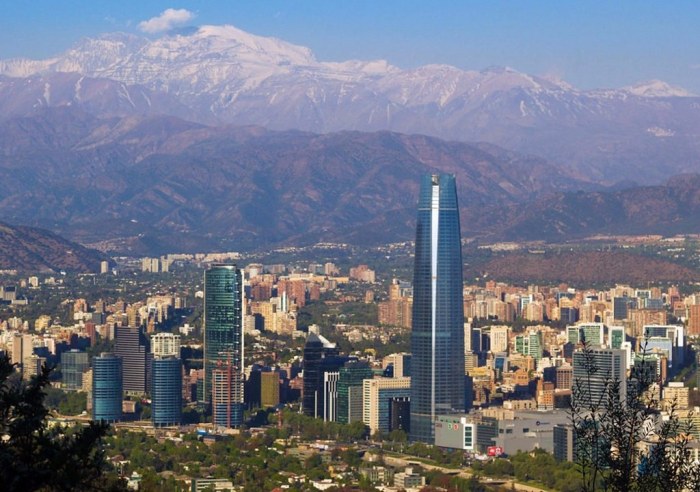Hay más de diecisiete millones de habitantes en chile – Chile’s population has surpassed 17 million, making it a significant player in the region. This comprehensive overview explores the factors contributing to this growth, its impact on urbanization, and the demographic characteristics shaping the nation’s future.
Chile’s population growth is attributed to factors such as improved healthcare, increased life expectancy, and a stable political environment. Urbanization has concentrated the population in major cities, particularly Santiago, leading to challenges in managing density and providing essential services.
Chile’s Population: A Comprehensive Overview: Hay Más De Diecisiete Millones De Habitantes En Chile

Chile’s population of over 17 million holds significant importance in the country’s geographical and regional context. Located in South America, Chile’s population size makes it a notable player in the region. Over time, Chile has experienced steady population growth and distinct demographic trends that have shaped its current population dynamics.
Population Growth and Demographic Trends
Chile’s population has witnessed gradual growth over the years. Historical data reveals a consistent increase in population size, influenced by factors such as improved healthcare, increased life expectancy, and reduced mortality rates.
Population Distribution and Urbanization

| Region | Population |
|---|---|
| Metropolitan Region | 7,112,808 |
| Valparaíso Region | 1,815,962 |
| Biobío Region | 2,030,440 |
| Araucanía Region | 992,124 |
| Los Lagos Region | 828,708 |
Chile’s population distribution is uneven, with a significant portion residing in urban areas. The growth of major cities like Santiago, the capital, has been a defining characteristic of urbanization in Chile. This trend has led to increased population density and associated challenges in urban planning and infrastructure development.
Causes and Consequences of Urbanization
The urbanization process in Chile has been driven by factors such as economic opportunities, improved infrastructure, and access to education and healthcare. While urbanization has contributed to economic growth and development, it has also brought about challenges such as housing shortages, traffic congestion, and environmental pollution.
Demographic Characteristics

Age and Gender Distribution, Hay más de diecisiete millones de habitantes en chile
Chile’s population exhibits a relatively balanced age distribution, with a slight predominance of females over males. The country has a declining fertility rate and an aging population, with a growing proportion of elderly citizens.
Socioeconomic Factors and Population Growth
Socioeconomic factors have played a significant role in shaping population growth in Chile. Increased access to education, improved healthcare, and economic opportunities have contributed to a higher standard of living and increased life expectancy, leading to population growth.
Impact on Economic Development and Social Policies
Chile’s demographic profile has implications for its economic development and social policies. The aging population presents challenges for the pension system and healthcare services, while the changing labor force dynamics require adjustments in education and training programs.
Migration and Population Dynamics

Historical and Current Migration Patterns
Chile has a history of both immigration and emigration. In recent years, the country has experienced an influx of migrants from neighboring countries and other regions of the world, seeking economic opportunities and a better quality of life.
Impact of Migration
Migration has had a notable impact on Chile’s population size and composition. It has contributed to population growth and diversity, bringing new skills and perspectives to the country. However, it has also raised challenges related to integration, social cohesion, and access to services.
Challenges and Opportunities
Managing migration flows presents both challenges and opportunities for Chile. The country must balance the benefits of migration with the need to address potential social and economic issues. Effective integration policies and strategies are crucial for harnessing the positive contributions of migrants.
Population Projections and Future Trends
Population projections indicate that Chile’s population will continue to grow in the coming years, albeit at a slower pace. The aging population is expected to remain a significant trend, with implications for the healthcare system, pension policies, and labor market.
Potential Implications
The projected population growth and demographic changes will have far-reaching implications for Chile’s economic and social development. The country must prepare for the challenges and opportunities associated with an aging population, changing labor force dynamics, and the need for sustainable urban planning.
FAQ Section
What factors have contributed to Chile’s population growth?
Improved healthcare, increased life expectancy, and a stable political environment.
What are the challenges associated with urbanization in Chile?
Managing population density, providing essential services, and addressing infrastructure constraints.
How is Chile’s aging population impacting the country?
It has implications for healthcare systems, retirement policies, and labor force participation.